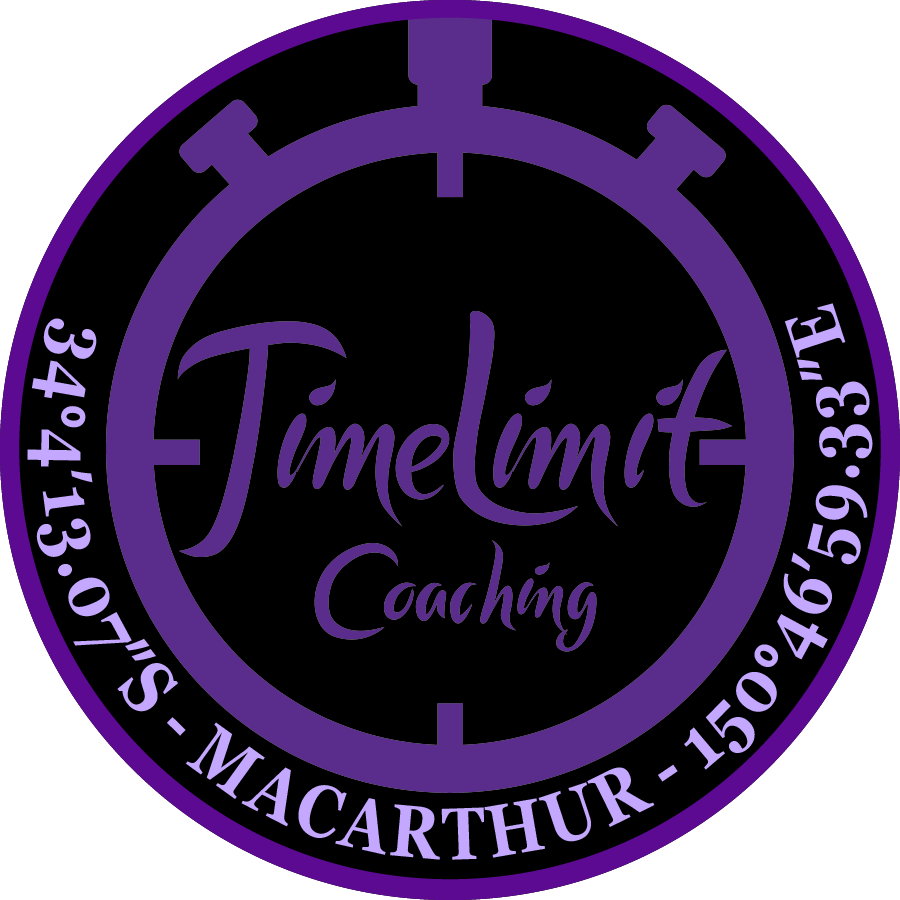All About Rucking

Walking for 30 minutes or more per day has been shown to improve or maintain overall health. Some of the benefits include:
- Increased cardiovascular fitness;
- Reduced risk of heart disease and stroke;
- Improved management of health conditions such as high blood pressure and diabetes;
- stronger bones and improved balance;
- Increased muscular strength and endurance;
- reduced body fat;
- improved mental health; and
- walking with others can be an enjoyable social event.
Rucking takes the concept of walking for wellness one step further, and introduces increased resistance to enhance the benefits of walking.
At its most basic level, rucking is simply filling a backpack (or rucksack) with some weight, and going for a walk. It’s harder than just walking (three times more energy burned), but not as stressful on the body as running.
The great thing about rucking is that it’s scalable, so people of all fitness levels can participate together. You can start with no weight until your body gets used to walking. When you’re ready you can add some light weight (5kg to 10kg) to make it a harder. Then, as your strength increases you can add more weight, carry extra sandbags, walk faster, or use your ruck to do resistance exercises for a more difficult workout.
Rucking is also a great complementary activity for other sports you are involved in, such as running, CrossFit, triathlon, or team sports. It can be a great recovery session for endurance activities, or it can help you push past sticking points.
Rucking has its modern roots in military training, but it’s more than just the physical act of walking. Rucking heralds from deep in human history when long before domestication of animals, the invention of the wheel, and modern technology, humans had to carry everything themselves if they wanted to move anywhere. Early human’s quite literally rucked their way out of Africa!
Today, rucking is an activity for people to learn to work together to achieve a common goal, and to bond through shared experiences. It’s also great for mental health and resilience, because rucking is a safe place where people can listen, be heard, and talk to other people who won’t judge them.
There is a saying that cuts right to the heart of what rucking is all about:
“If you want to go fast, go alone, but if you want to go far, go together.”
Rucking is a key component of the Back to Basics program because it represents the stressors of life we all carry around on a day to day basis. When we are rucking with others, it is a reminder that although we all carry around stress and mental health issues, we can share the load and talk about our concerns to lessen the load and the pain.
At the end of the ruck, when we take off our backpacks it is representative of lightening the loads we all carry around in life, recognising that stress is only temporary and bearable, especially when it’s shared.
FIND OUT WHEN TIMELIMIT RUCKING CLUB MEETS

